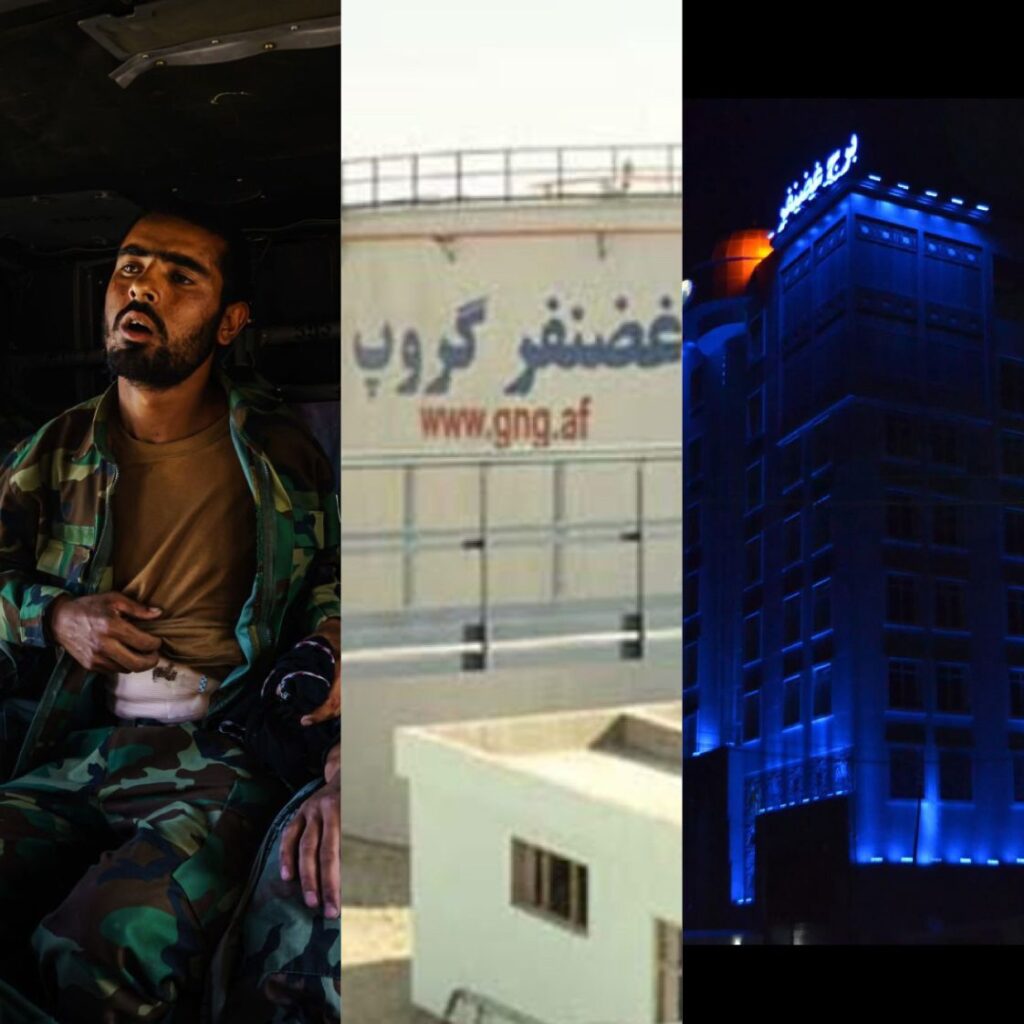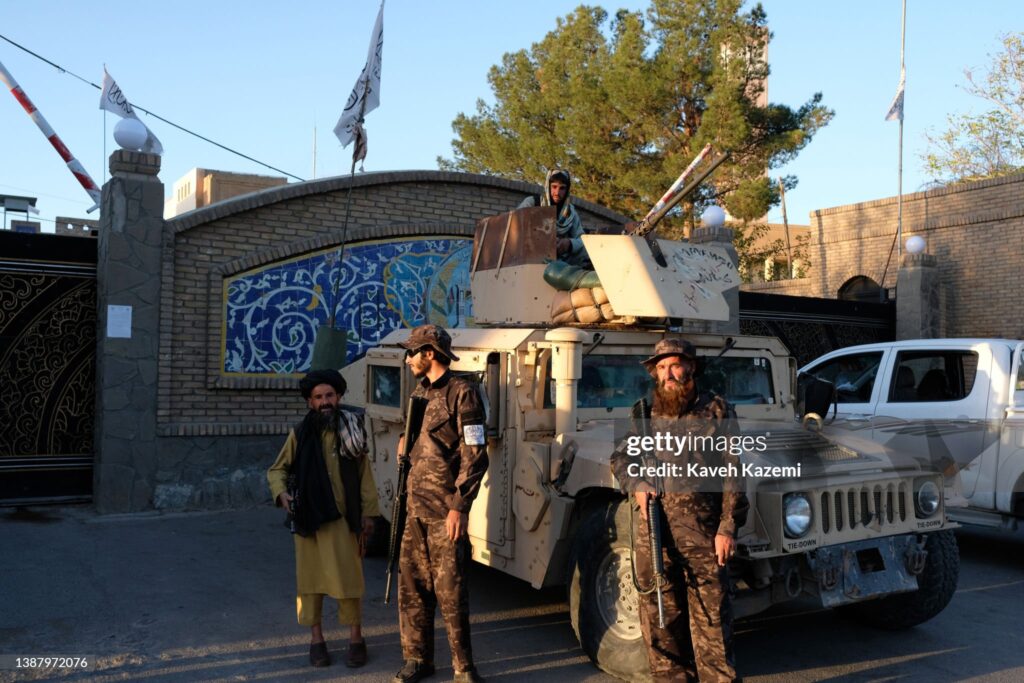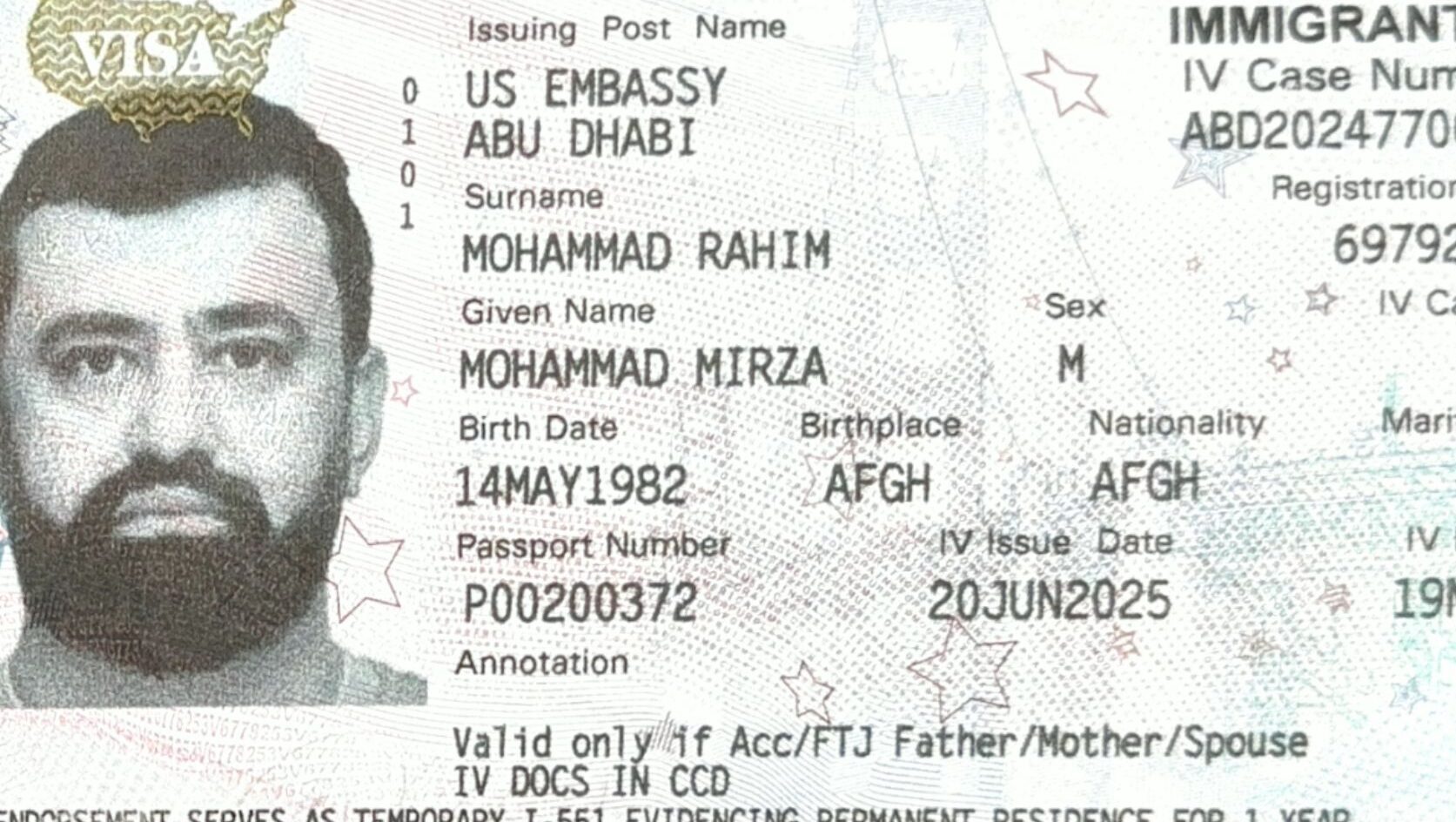
By: Nosrat Parsa – France
A Structural Review of Corruption, Political Incompetence, and the Fall of the Afghan Army
Introduction
Four years after the fall of the Islamic Republic led by President Ashraf Ghani, examining the root causes of the collapse has become more urgent than ever. The downfall of the republic was not solely the result of military defeat on the battlefield—it stemmed from deeply rooted corruption, poor leadership, political collusion, and unaccountable contracting practices. One key player in this hidden narrative is Ghaznfar Group, a long-established business conglomerate, widely perceived as a symbol of unchecked influence and privilege.
Corruption in Logistical Contracts
• Official reports, including from Etilaat Roz and 8am Daily, indicate that Ghaznfar Group, alongside three other companies, held a significant share of fuel contracts with the Afghan Ministry of Defense. Despite owing over $52 million to the government, the company continued receiving lucrative contracts without facing accountability.
• In certain years, the total value of these fuel contracts was estimated to reach $900 million, with fuel priced up to 40% above global market rates. This discrepancy translates into over $100 million in apparent corruption.
Double Standards: Soldiers Punished, Contractors Spared
• Several army generals and logistical officers were prosecuted and imprisoned for corruption under the republic. However, business entities like Ghaznfar Group—who profited the most from these contracts—were never investigated or held to account.
• This disparity in justice reflects a broader reality: while the army was blamed and punished, private contractors escaped scrutiny, despite being central to the dysfunction.
Empty Promises: Failed Anti-Corruption Efforts

• The Ghani administration declared a war on corruption and even set up special courts, but systemic graft persisted, especially within the circles of power themselves.
• Offices such as the presidency and Ministry of Defense operated in close proximity to firms like Ghaznfar Group. Yet, no tangible effort was made to dismantle these powerful economic networks. Political incompetence and inaction enabled corruption to thrive.
Logistical Weakness: The Hidden Catalyst of Collapse
• The lack of fuel, supplies, and food critically weakened the Afghan army. The Ministry of Defense was forced to pay contractors even in cases where fuel was never delivered.
• Reports mentioned bribes of up to $5 million, and major complaints were filed over inflated prices. These were part of broader corruption scandals estimated between $100–۲۰۰ million in defense logistics alone.
Systemic Corruption or Managerial Incompetence? Unanswered Questions
1. How did a company with massive government debt still receive contracts worth nearly $900 million?
2. Why were the main corrupt contractors never prosecuted?
3. Why did the oversight mechanisms completely fail?
4. When will economic justice and accountability take precedence in Afghan governance?
Analytical Conclusion
Ghaznfar Group may not have directly contributed to military failures, but its role in crippling the operational backbone of the Afghan army is undeniable. While army officers were jailed for their roles in corruption, corporate entities with billion-dollar contracts and debts, such as Ghaznfar Group, continued their operations unhindered and unpunished.
The most pressing question remains: Where did the billions in public funds go? Are those assets now circulating in the form of properties in Dubai, Istanbul, or other regional capitals? Were they funneled—directly or indirectly—into the hands of groups that later seized power?
Such questions can only be answered through honest and transparent reviews of past corruption cases, and through pursuing economic justice—something still sorely lacking in Afghanistan’s political and legal structures.
The fall of the republic was not merely a military defeat, but a tragedy born of systemic corruption, economic injustice, and the failure to restrain elite networks of power and wealth. Understanding and confronting this history is the first step toward preventing another collapse in the future.



